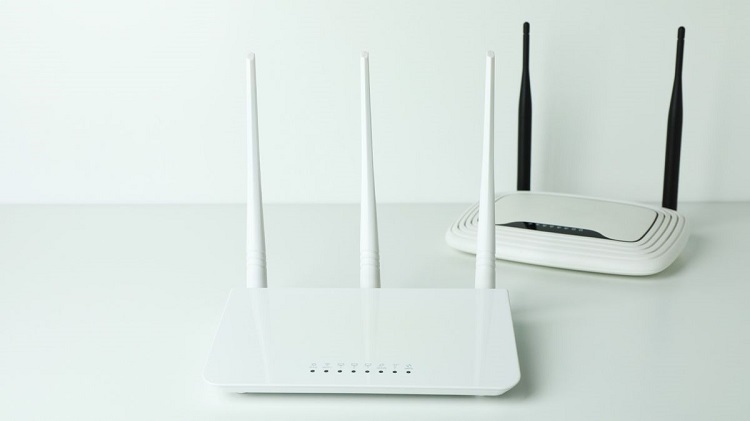Types of Fly Bombs

Flies are a common nuisance that can invade our homes and outdoor spaces, making it difficult to enjoy our surroundings. While there are various methods available for fly control, one effective solution is the use of fly bombs. Fly bombs, also known as fly foggers or insect foggers, are aerosol devices that release a fine mist of insecticide to eliminate flies and other flying insects. In this article, we will explore the different types of fly bombs available, how they work, and their effectiveness in controlling fly populations.
Types of Fly Bombs
There are several types of fly bombs available on the market, each designed to target specific areas and levels of infestation. Outdoor fly bombs are used to control fly populations in open spaces such as gardens, yards, and outdoor dining areas. These outdoor fly bombs typically come in the form of ready-to-spray foggers that can be easily applied to the affected areas . They are effective in reducing fly populations and preventing them from entering indoor spaces.
For indoor fly control, there are foggers specifically designed for indoor use. These indoor fly bombs are formulated to treat enclosed spaces such as apartments, attics, basements, garages, and pet sleeping areas. They come in aerosol cans and are easy to use. One can of indoor fogger can treat up to 2,000 cubic feet of unobstructed indoor area These indoor foggers leave no lingering odor and are ideal for eliminating flies and other flying insects from indoor spaces .
How Fly Bombs Work
Fly bombs work by releasing a fine mist of insecticide into the air. The insecticide particles remain suspended in the air for a period of time, allowing them to come into contact with flying insects such as flies. When flies come into contact with the insecticide particles, they are either killed on contact or affected by the insecticide, leading to their eventual demise. The active ingredients in fly bombs vary, but common insecticides used include pyrethroids, which are synthetic versions of natural insecticides derived from chrysanthemum flowers.
When using a fly bomb, it is important to follow the instructions provided by the manufacturer. This includes covering or removing food and utensils, turning off fans and air conditioning units, and vacating the area being treated. After the recommended exposure time, the area should be thoroughly ventilated before re-entry . It is also advisable to take precautions such as wearing protective clothing and gloves when handling and using fly bombs.
Effectiveness of Fly Bombs
The effectiveness of fly bombs in controlling fly populations depends on various factors, including the level of infestation and the size of the area being treated. For outdoor fly control, using a combination of methods such as fly traps, fly baits, and outdoor fly bombs can help keep fly populations under control. By targeting flies at different stages of their life cycle and using multiple control methods, it is possible to achieve better results in reducing fly populations.
Indoor fly bombs are effective in treating enclosed spaces where flies tend to congregate. They can help eliminate existing fly populations and prevent re-infestation when used as part of an integrated pest management approach . However, it is important to note that fly bombs may not be a long-term solution for fly control. Regular cleaning and sanitation practices, along with proper waste management, are essential in preventing fly infestations .
Conclusion
Fly bombs are a useful tool in controlling fly populations both indoors and outdoors. They provide a quick and effective solution for eliminating flies and other flying insects. By choosing the right type of fly bomb for the specific situation and following the instructions provided, it is possible to achieve satisfactory results in fly control. However, it is important to remember that fly bombs should be used as part of an integrated pest management approach, which includes regular cleaning, sanitation, and waste management practices. With proper use and maintenance, fly bombs can help create a more fly-free environment.





